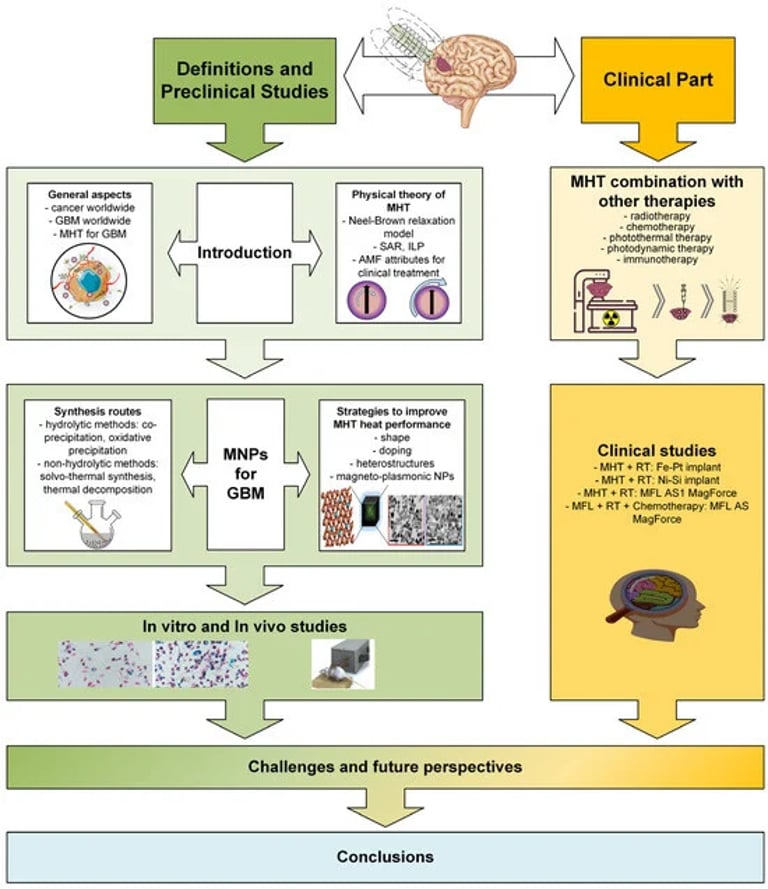Breakthrough Nanoparticles Target Aggressive Brain Tumors with Precision Heat Therapy
September 25, 2024
Alice O’Keefe, a physics PhD student at the University of Wollongong, is developing innovative magnetic nanoparticles designed to target cancer cells.
The synthesis process involves the in-situ formation of Fe3O4 nanoparticles while reducing graphene oxide (GO) to reduced graphene oxide (RGO) under controlled microwave irradiation.
Superparamagnetic iron oxide nanoparticles (SPIONs) are utilized to create composites with reduced graphene oxide for potential use in magnetic hyperthermia applications.
Magnetic hyperthermia (MHT) has been studied for over 30 years as a promising treatment for glioma tumors, using magnetic nanoparticles to generate heat that induces cancer cell death.
When exposed to a magnetic field, these nanoparticles can generate heat sufficient to kill cancer cells at temperatures between 42 to 47 degrees Celsius.
Biocompatibility of the nanocomposites has been enhanced with the addition of polyethylene glycol (PEG), demonstrating low cytotoxicity on healthy cells after incubation.
Glioblastoma multiforme (GBM) is a highly aggressive brain tumor with a poor prognosis, prompting ongoing research into new treatment methods.
The nanoparticles are engineered to demagnetize and cease heat generation upon reaching a specific temperature, known as the Curie point, which is lethal for cancer cells but safe for healthy tissue.
These Fe3O4/RGO nanocomposites are being explored for various applications, including energy storage, magnetic fluids, and catalysis.
The research emphasizes integrating hyperthermia with conventional cancer therapies to enhance treatment efficacy and minimize side effects.
Characterization techniques such as TEM, SEM, XRD, and XPS were employed to analyze the structural and magnetic properties of the synthesized nanoparticles.
The review concludes with the challenges facing magnetic hyperthermia and future prospects for its application in treating GBM, suggesting that improvements could enhance its effectiveness.
Summary based on 4 sources
Get a daily email with more Science stories
Sources

The Sydney Morning Herald • Sep 26, 2024
How scientists plan to use magnets to ‘cook’ cancer – without killing brain cells
